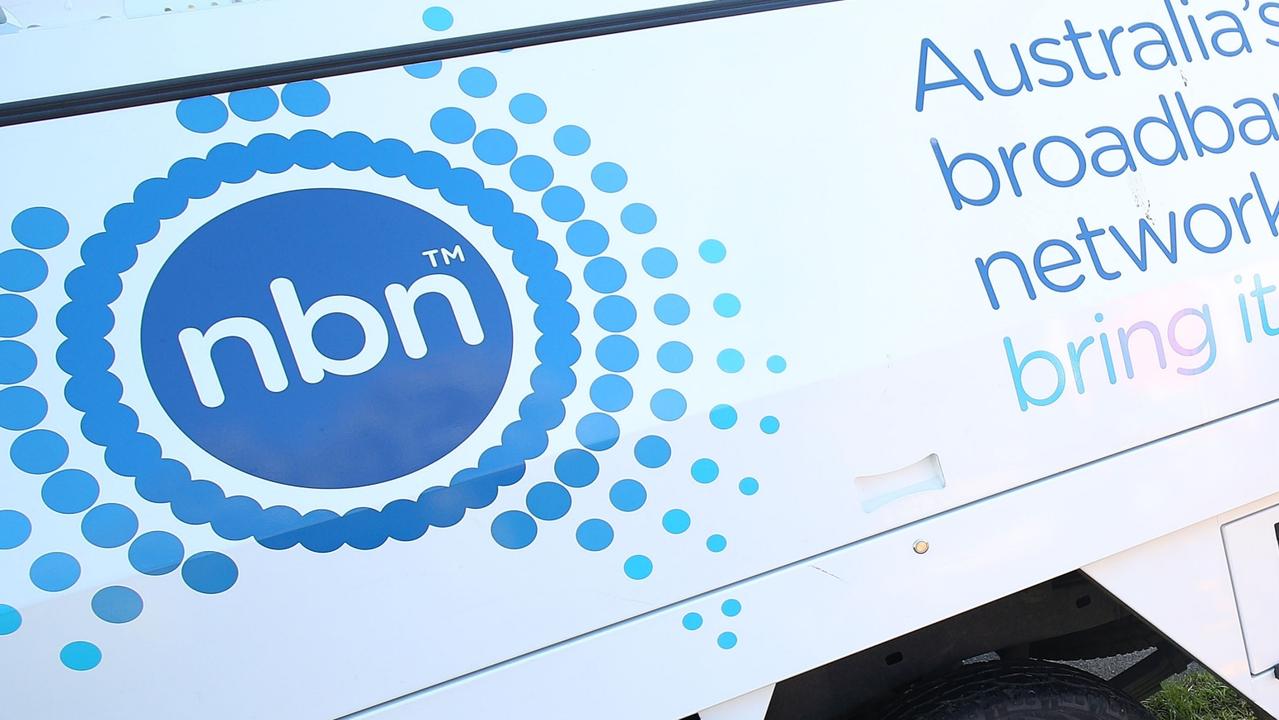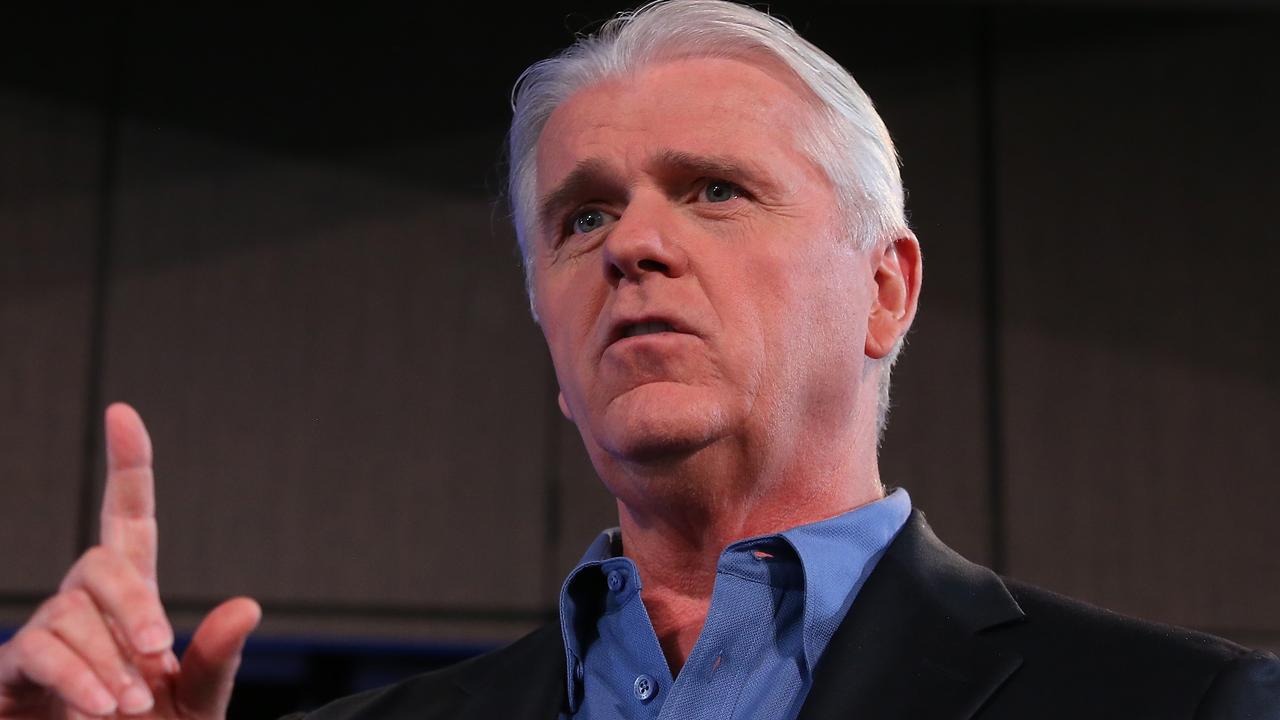NBN says Telstra to blame for download go-slow
After our investigation, the NBN blames Telstra for download speeds as low as 1/500th of what customers are paying for.

The National Broadband Network has blamed Telstra for internet download speeds as low as 1/500th of what customers are paying for and claimed the telco giant has been selling super-fast plans in areas where those high speeds don’t exist.
Tensions between the NBN Co, which is owned by the federal government, and internet retailers erupted yesterday after The Australian produced five case studies of Telstra customers reporting substandard internet speeds.
NBN Co said it found there was “no fault” on behalf of the network.
In some of the cases, including that of Craig Kettle of Lisarow on the NSW central coast, Telstra is accused of selling high-speed packages that are not supported by the available NBN infrastructure.
Mr Kettle, who runs a small technology business, bought a $95-a-month NBN package from Telstra that had an advertised download speed of 100 megabits a second and upload speed of 40Mbps, but is achieving download speeds of 22Mbps and upload speeds of 6.5Mbps.
On the same top-end package, Vicki Oven of North Wyong, also on the NSW central coast, was achieving download speeds as low as 2.85Mbps and upload speeds of 3.23Mbps.
NBN Co sells wholesale connections to retailers such as Telstra and Optus, which then sell connection packages to the public.
A Telstra spokesman yesterday said it sought to help customers pick the right NBN package for their needs but “underlying network factors” — such as homes connected to the NBN via the cheaper fibre-to-the-node technology — meant some would encounter slower speeds than advertised.
“While many customers moving to the NBN will be able to attain speeds into their premises within NBN’s top speed tier, underlying network factors mean some customers will see lower top speeds,” the spokesman said.
“For instance, customers situated a long way from a ... node will see lower top speeds than those that are very close to a node.”
The initial, more expensive Labor NBN plan aimed to delivering fibre cables to the home for about 93 per cent of households, but the Coalition downscaled the project, introducing fibre to the node, which households then connect to via existing copper wire networks.
In many regions connected via fibre to the node, such as the homes of Mr Kettle and Ms Oven on the central coast, maximum speeds of about 25Mbps are obtainable, but many retailers are still marketing and selling 100Mbs packages.
Telstra’s spokesman said the telco sought to make customers aware advertised NBN speeds associated with each package were “maximum speeds” but setting correct speed expectations for customers was an “industry challenge”.
“In cases where it becomes clear to us that NBN is not capable of supporting speeds in its top speed tier, we strongly recommend customers to move to a lower speed tier,” he said.
Further complicating the situation is neither the NBN nor retailers currently have the technology to accurately determine what speed a potential customer’s residence can achieve ahead of installation.
“This is a gap in the market and our investment in this technology will help ensure customers select speed tiers appropriate to the underlying capability of NBN network at their premises,” the Telstra spokesman said.
“This estimate will take into consideration network capacity, backhaul and, where appropriate, the distance a customer is from the NBN node.”
Regardless, connections can fluctuate widely depending on the time of day.
James Ioppolo and Erin Guhl of Victoria Park in Perth are paying Telstra $95 a month for the top 100Mbps package but in the evenings achieve download speeds as low as 0.2Mbps.
NBN Co said it could find no fault on the network.
“Mr Ioppolo should speak to his service provider regarding any congestion/speed issues,” NBN Co said.




To join the conversation, please log in. Don't have an account? Register
Join the conversation, you are commenting as Logout